- Home
- international
- news
- How the rat population in New York City grew by 800% and infested the city in less than 65 years
How the rat population in New York City grew by 800% and infested the city in less than 65 years
James Pasley

- New York City's rat population has grown exponentially since the middle of the 20th century.
- In 1950, an estimated 250,000 rats lived in the city. By 2014, there were an estimated 2 million.
New York City's rats are relentless. They're also everywhere — in sewers and parks, underfoot, on the subways, and even in your walls.
They've been in New York since the 18th century, and they've taken a firm hold — current estimates put the rat population at about 2 million across 90% of the city, according to The Atlantic.
For as long as rats have scurried across the city, politicians and locals have sworn to destroy them. But so far, no one's managed.
Here's how rats took hold of the city — and why they're not about to let go.
About 250 years ago, the Norwegian rat — also known as the brown rat, the alley rat or the sewer rat — arrived in America on ships from Europe. No one knows when the first rat made it ashore, but experts are fairly sure they came during the American Revolution.
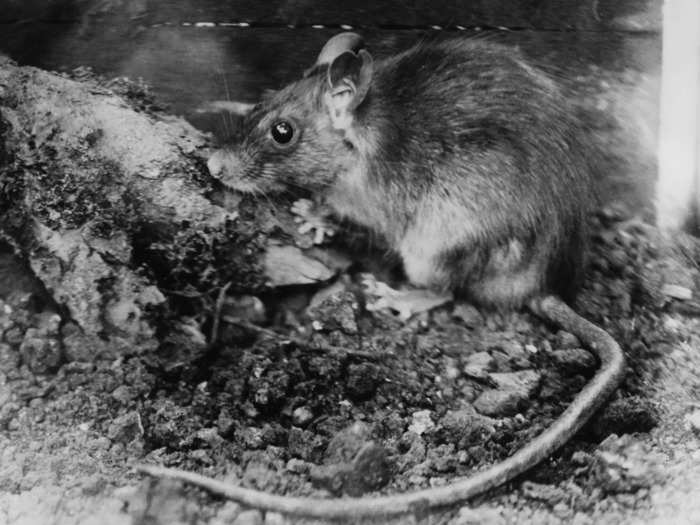
Their first stop was likely to have been New York City.
Sources: The Atlantic, Insider
Even if only a few made it over, rats breed rapidly. They live for about two years but are sexually mature within two months, mate within 2 seconds, and can produce eight to 10 babies about six times a year — that's 120 rats for each rat mother during their lifetime.
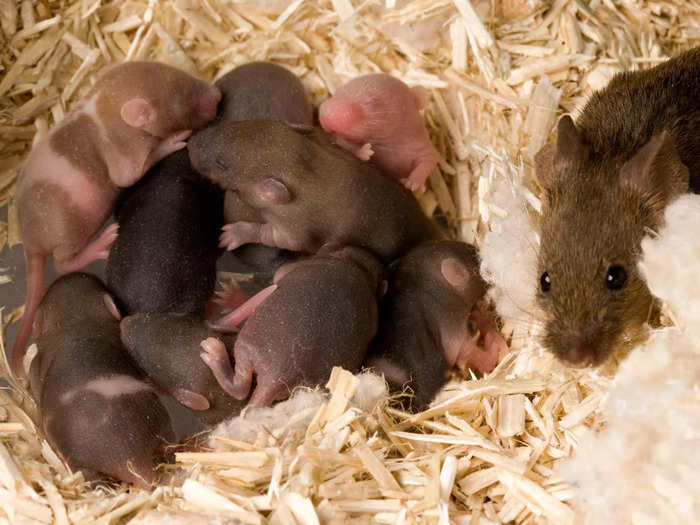
Sources: The Atlantic, Insider, Washington Post
They're not soft and cuddly either, like mice or squirrels. As Fordham University biologist Dr Jason Munshi-South told The New York Times, they're rough and mean. They fight each other.
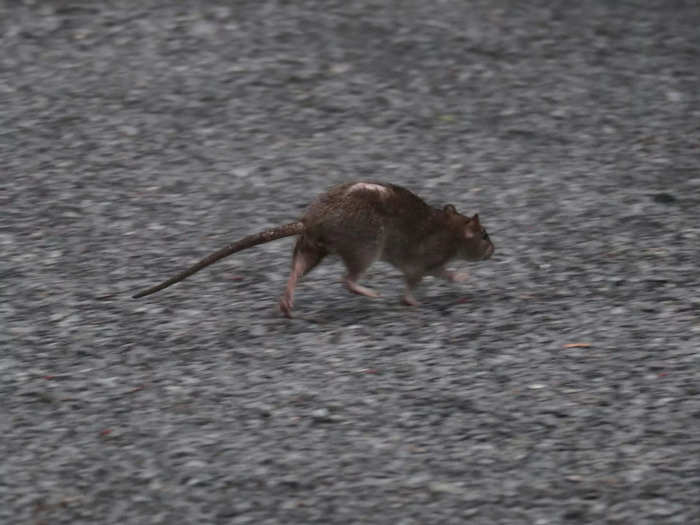
"They've got scars, they're missing eyes, they're missing part of their tail," he said. "Their life is fairly brutal."
They also have sharp teeth, he said.
"They'll gnaw through walls. They'll gnaw through wires. They'll destroy cars," he said.
Source: New York Times
Rats are agile and able to jump 3 feet high and 4 feet across. But their speed and agility aren't the only reasons why they're master escape artists. Each of their many burrows usually has three exits, a primary one and two escape routes.
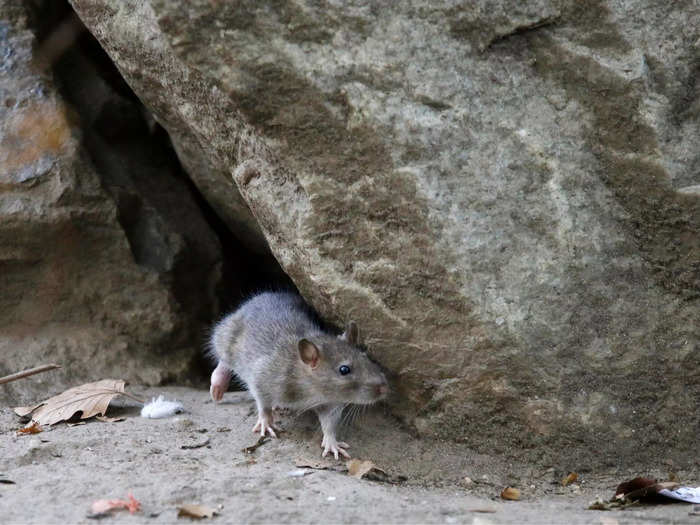
Sources: National Geographic, The Cut
The widest part of the brown rat is the skull, meaning if its head can fit into a hole or space, it can — and will — get in there.
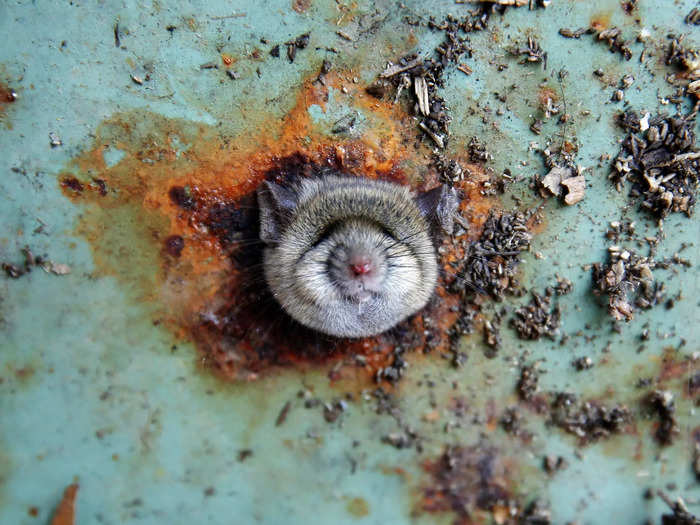
Sources: National Geographic, The Cut
Rats first made headlines in New York City in 1860 for reportedly mutilating and killing a newborn child, and again in 1865 when The New York Times said the city was getting a reputation for having more rats "than any other city in the Union."

Sources: The Guardian, New York Times, New York Times
In 1950, there were an estimated 250,000 rats in the city. Since then, there have been a few wildly varying estimates, including one in 1997 claiming there were 28 million rats. But more conservatively, in 2014, there were an estimated 2 million rats in the city.
In the late 1960s, rat infestations were primarily in Harlem, Lower East Side, and parts of Brooklyn where marginalized communities lived. This wasn't a coincidence — it was institutional racism. Buildings and infrastructure weren't properly maintained and trash pickups weren't as frequent as in primarily white neighborhoods.
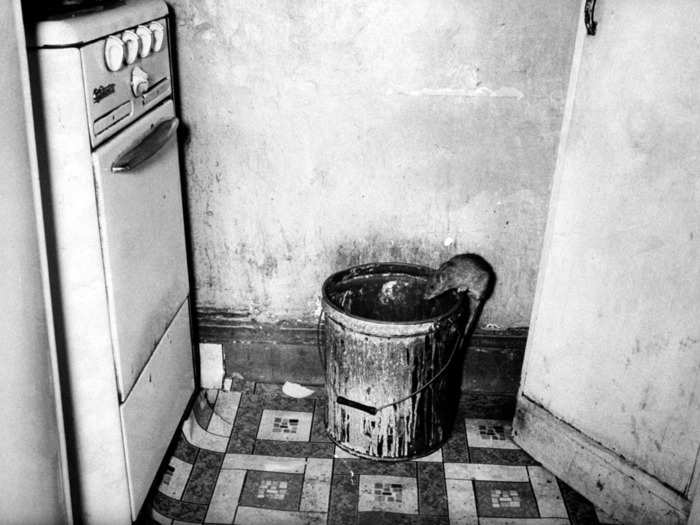
Source: The Atlantic
But the rats have since spread out. In 1974, rats only covered an estimated 10% of the city. Experts now think up to 90% of the city is rat-infested.
But rats don't stray too far from their home base. The rats you see in the morning could be the same rats you see at night — they rarely go more than 660 feet from wherever they live.
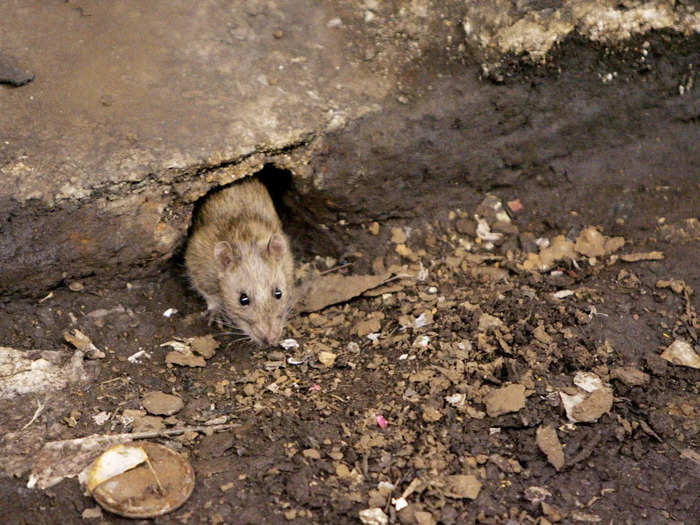
Source: The Atlantic
The early 1970s played a crucial role in the increase in rat populations in the city. First, the federal government passed the Federal Clean Air Act 1970, which led to New York City banning apartment buildings using incinerators to destroy trash.
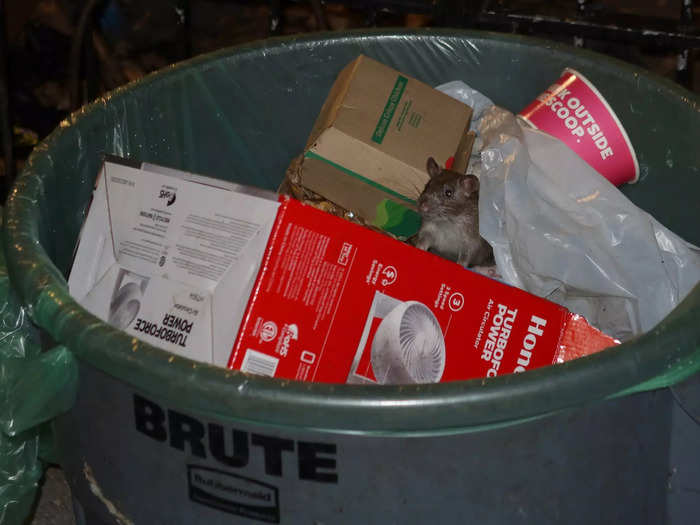
Source: New York Times
Second, the city introduced plastic rubbish bags in 1971. Instead of metal trash cans, rats could suddenly eat all the trash they wanted, and there was more of it, too, since it wasn't being burned anymore.
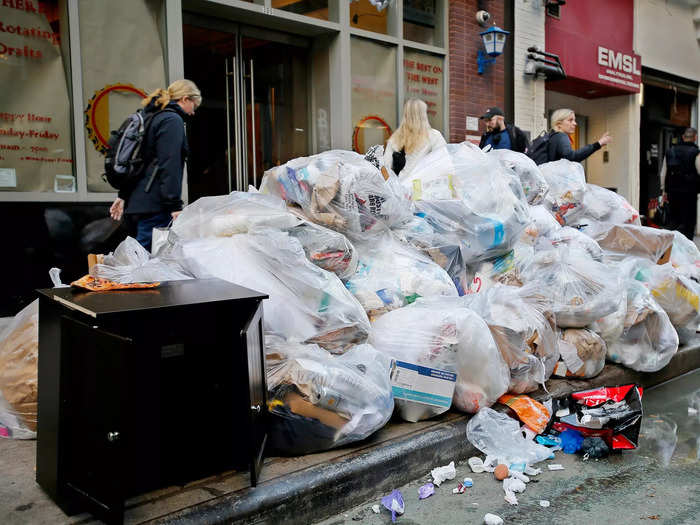
Rats also don't need much to survive — about an ounce of food and water per day will keep them going. In New York City, that's not a big ask.
Sources: The Atlantic, New York Times, Insider
The other factor was climate change. Rats don't hibernate in the winter, but their reproduction cycle slows since it's harder for them to find food. As winters have gotten warmer, they have been able to breed more.
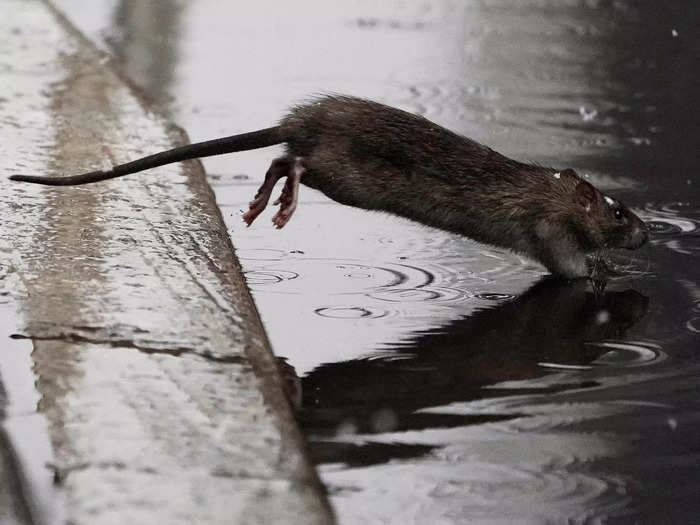
Source: The Atlantic
Even so, according to E. Randy Dupree, one of New York's former "master rat hunters," the fight was going pretty good between 1969 and 1986 when the city implemented a three-pronged approach: extermination, education and clean-up.
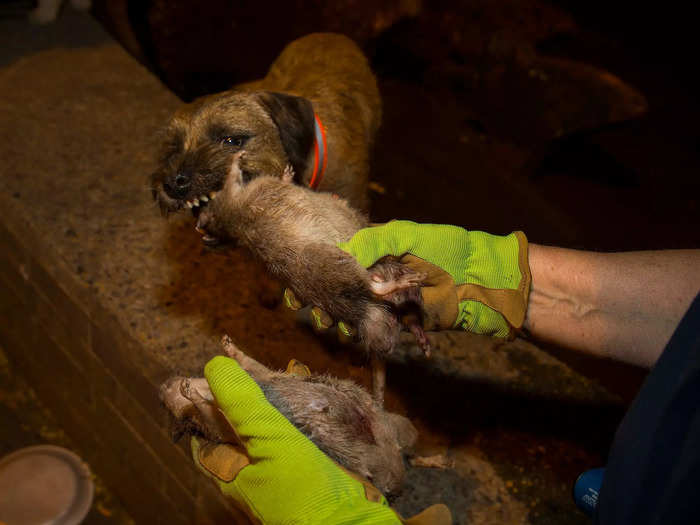
At that point federal funding helped pay for workers to clean up the city and reports of rat bites dropped from 765 to 285 between those years.
When that money ran out, the city funded it. But it only lasted a little while.
Source: New York Times
From 1987 to 1996, New York's rat budget fell from $12 million to $5 million. The three-pronged approach to fight the infestation was no longer affordable. "The rats began to win the war," Dupree told The New York Times.

Source: New York Times
Over the last few decades, New York mayors have tried to take up the mantle. In 1997, then-Mayor Rudy Giuliani put aside $8 million and created an extermination task force, which used three different types of poisons to kill rats.

By 2000, his budget had increased to $13 million. It was part of a focus on poorer neighborhoods to secure new votes. But the stories about rats were intense.
Harlem's Public School 165 Principal Ruth Swinney told The Washington Post in 1997 her kids were showing up covered in rat bites.
"In the morning we can see the rats running outside the building as kids come to school," she said. "They are huge, almost like small dogs."
Sources: Washington Post, New Yorker
In 2017, then-Mayor Bill de Blasio put aside $32 million for killing rats. One of his administration's methods was to stuff rat holes with dry ice, which suffocated the rats with carbon dioxide. It proved effective, but labor intensive.

It's also fairly humane. The dry ice puts the rats into a deep sleep that they never wake from.
But other tools, including mint-scented trash bags, weren't so effective.
Sources: The Guardian, New York Times
Before becoming the current mayor, Eric Adams joined his rat-hunting predecessors when he touted a new rat-killing method involving a bucket called an Ekomille that lured rats in before covering them in poison. Each Ekomille could kill up to 30 rats.

But it wasn't effective — one trial saw a bucket destroyed by a particularly large rat — and hasn't been implemented since he took office.
Sources: The Guardian, Gothamist
Over the years, concerned residents have also formed organizations to hunt rats using trained dogs.
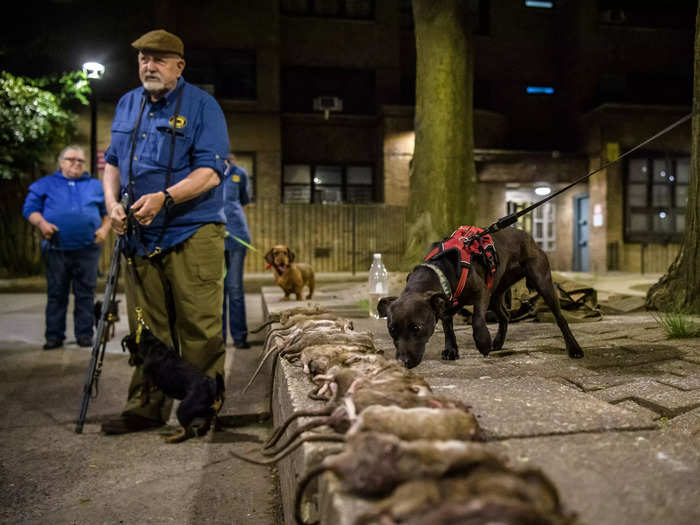
Source: The Guardian
Some individuals, like Manuel Rodriguez, known by his neighbors as "M-Rod," have taken to killing rats on their own. But these are local efforts to solve a citywide problem.
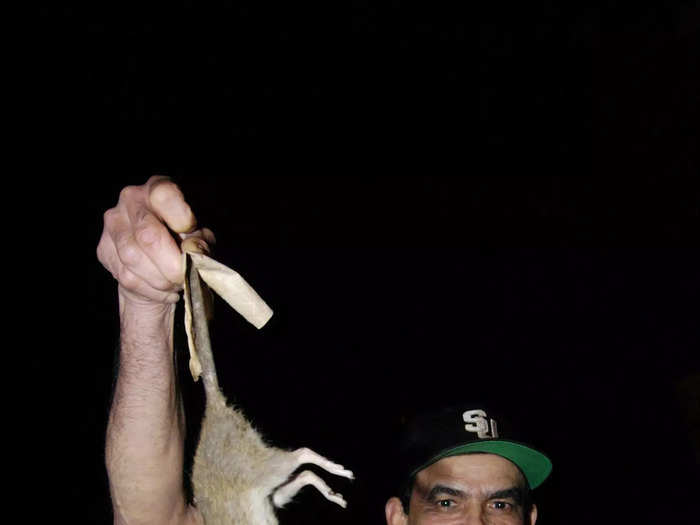
The situation in New York deteriorated during the pandemic. Rats took to the streets in what looked like increasing numbers as more garbage was left out — and for longer — due to outdoor dining regulations and fewer garbage collections.
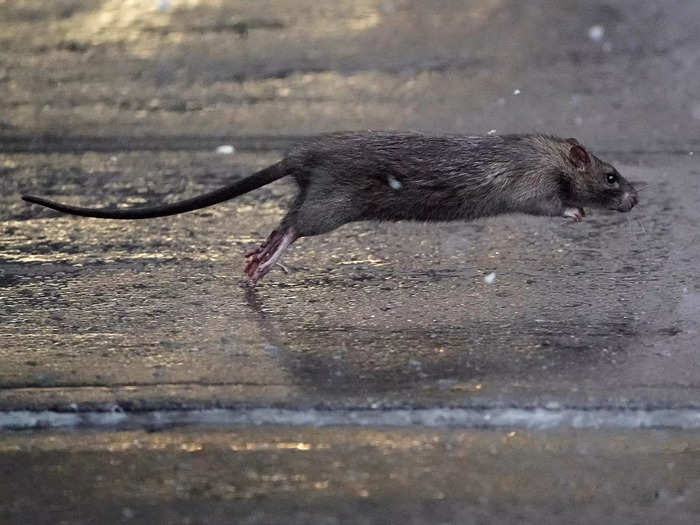
Sources: NPR, National Geographic
While health experts mostly consider rats as a nuisance, they also carry diseases, and because they get so close to humans, they are good at transmitting them.
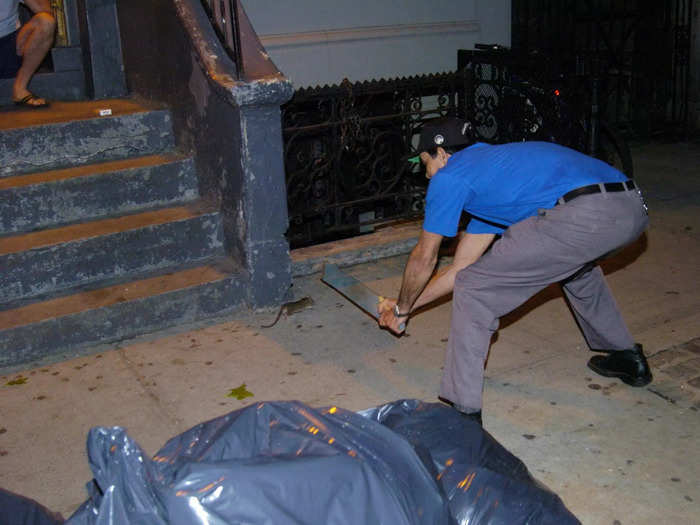
In 2021, one person died of leptospirosis, and 14 people contracted it. The disease is usually spread from rat urine and can cause liver and kidney failure.
Sources: Insider, Washington Post, The Atlantic, New York Times
According to the Health Department's Rat Academy, there's only one way to stop the rats — starve them. But in a city like New York, where the streets are often lined with trash, that's easier said than done.
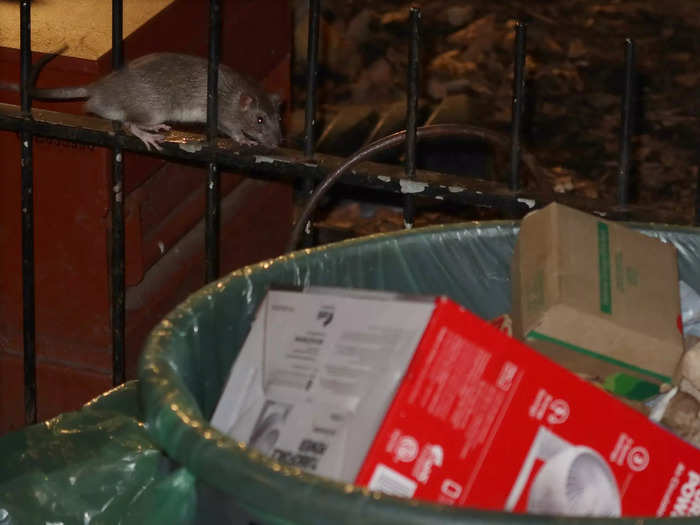
Source: The Cut
If nothing else, New Yorkers can reassure themselves that it could be worse — they could live in Chicago, which, according to pest control company Orkin, was the most rat-infested city in the US last year.
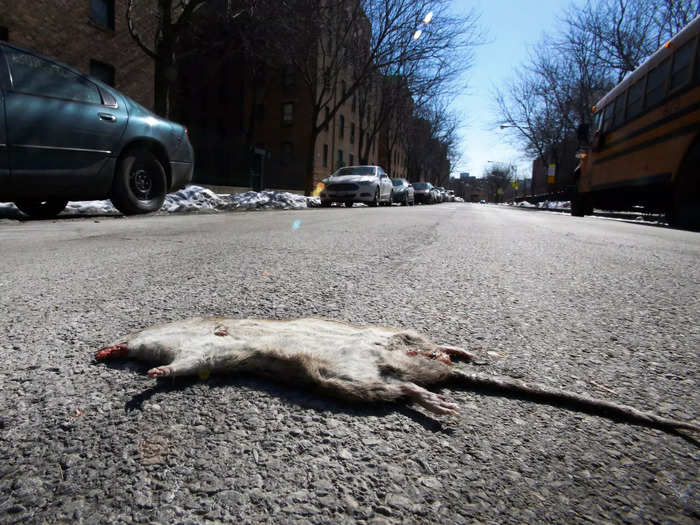
Source: Curbed
Popular Right Now
Popular Keywords
Advertisement